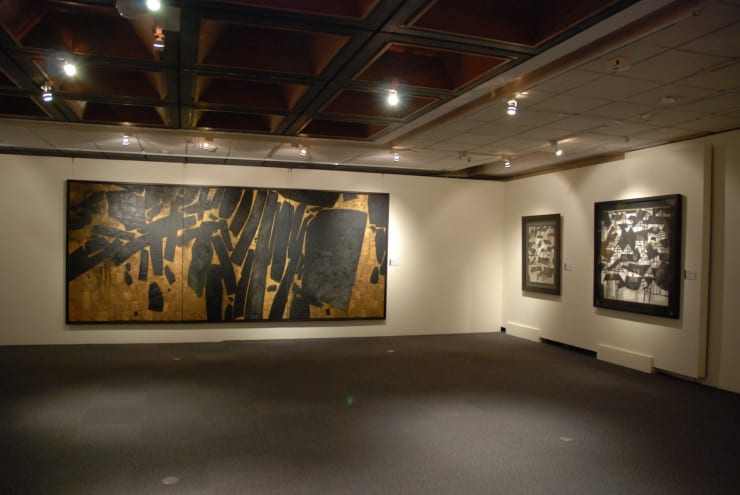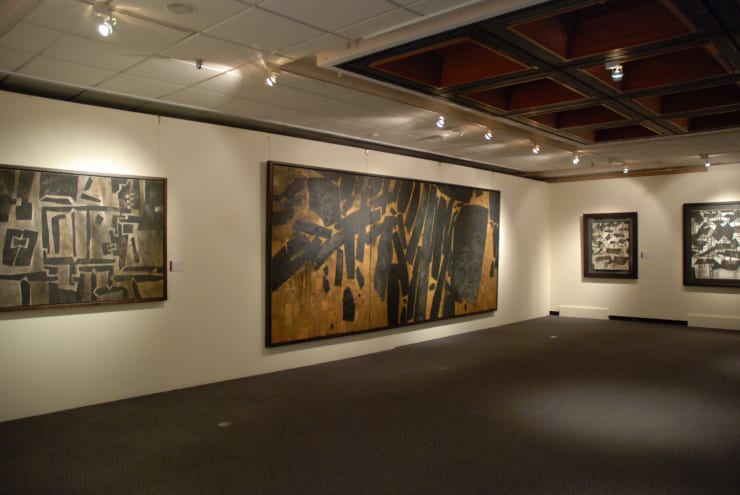Wang Huaiqing: Wang Huaiqing Solo Exhibition
Wang Huai Qing was born in Beijing in 1944. At the age of 12, he began attending the middle school attached to the Central Academy of Fine Arts, and he entered high school three years later. In 1964, he passed the test to enter the Central Academy of Arts and Design, graduating from its graduate school in 1979. After all this solid and systematic training, he stood out conspicuously when he entered the art world in 1980. He can be called the Chinese oil painter who played the most decisive role in China after the political reform and opening-up that occurred in the 1980s. Mr. Wang Huai Qing has an outstanding record of participation in exhibitions and has received many awards. In addition to China, his works have been exhibited in New York, Tokyo, Singapore, France, Spain, and Germany.
Mr. Wu Guan Zhong once described the present generation of artists as painters who grew up on a bitter road, suffered many hardships, and yet were able to produce work of youthful vigor in their later years. They have firm and steady beliefs about art but no longer uphold inflexible teachings. Wu Guan Zhong’s mentor Wang Huai Qing is an artist who has especially striven to find new ways for Chinese oil painting and who finally broke through to a personal style with perseverance, study, and experimentation. Wang Huai Qing’s works are fresh, with a unique style, and are extremely original. Simplified elements and naively intense colors create a strong and powerful visual effect and incomparable tension on the canvas.
The Wang Huai Qing Exhibition, first shown in Singapore in early 2008, is jointly held by the Chinese Calligraphy Society of Singapore and the Lin & Keng Gallery. Around 30 oil paintings and prints from the 1990s to the present are on show. In such works as Red Powder,Houses, Skylight, and Self and Self Shadow,it is easy to see the artist’s love for Chinese furniture and architecture.The paintings have a solid, geometrical structure, and they not only retain their power, but have a subtle post-prosperity haziness as if trying to say the artist is breaking down under the traditional culture in an age in which social structure is changing dramatically, as if he were trying to search for past feelings and cultural essences with his brush. Wang Huai Qing uses Western tools and materials to express Eastern interests and internal concepts. It can be said that he stands at a junction between the representational and the abstract, between the traditional and the modern, and between East and West, and that he is an artist who is both full of traditional folk spirit and who also sees through worldly eyes. I am very happy to see this exhibition continue in the Museum after completion in Singapore, and to be able to offer these humble words as its introduction.
















